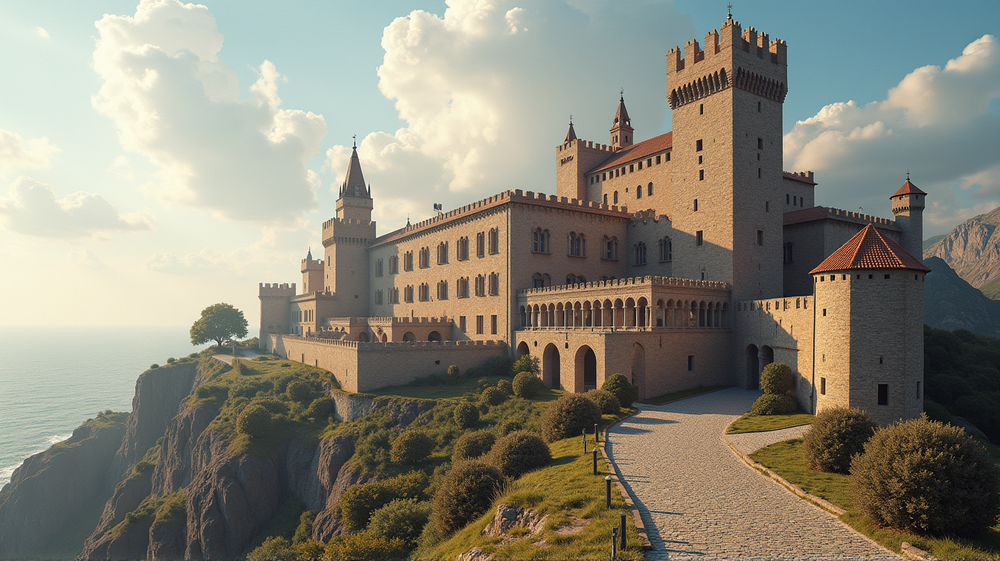Renaissance Revolution: How Creative Technology Transformed Warfare
During the vibrant Renaissance era, the boundaries between art, science, and engineering blurred, leading to transformative innovations. In his compelling new book, “Form and Fortification,” Yale’s Morgan Ng explores how the adaptation of non-military designs into defensive technologies reshaped warfare.
Ingenious Ventilation Systems
In 15th-century Italy, architect Filarete designed a novel system for expelling odors from a Milanese hospital’s latrines. This system was later ingeniously repurposed by Antonio da Sangallo the Younger to clear cannon smoke in military fortifications. According to YaleNews, this cross-pollination of technologies exemplified the era’s innovative spirit.
From Gardens to Battlefields
Renaissance engineers drew parallels between garden landscapes and fortification strategies. Artificial hills in gardens provided panoramic views, a design adapted on battlefields to offer strategic vantage points for artillery. Such dual-purpose structures often served as artillery mounts during wars, only to be repurposed as pleasure parks in peacetime.
Tubular Technologies: Cannons, Fountains, and Telescopes
The interplay between tubular design in weaponry and civilian technology is another fascinating aspect of Ng’s research. Cannons and fountains shared similar principles of projectile ejection, while telescopes, initially tools of espionage, evolved into instruments of scientific exploration.
Fortresses as Multifunctional Spaces
Ng highlights how the multifunctional nature of Renaissance fortresses mirrored this era of creativity. A defensive structure with complexly sculpted landscapes could later serve agricultural purposes in peacetime, facilitating irrigation and maximizing sun exposure for crops.
Elevated Passageways: From Military Escape Routes to Royal Pathways
The strategic design of escape routes in military architecture retained significance even as their defensive utility waned. The renowned Vasari Corridor in Florence exemplifies this transformation, serving as a private connection between city palaces, showcasing the enduring adaptability of Renaissance design.
The Renaissance was more than just an artistic revival; it was an era where creativity permeated every facet of life, transforming how societies approached their challenges in both peace and war.




